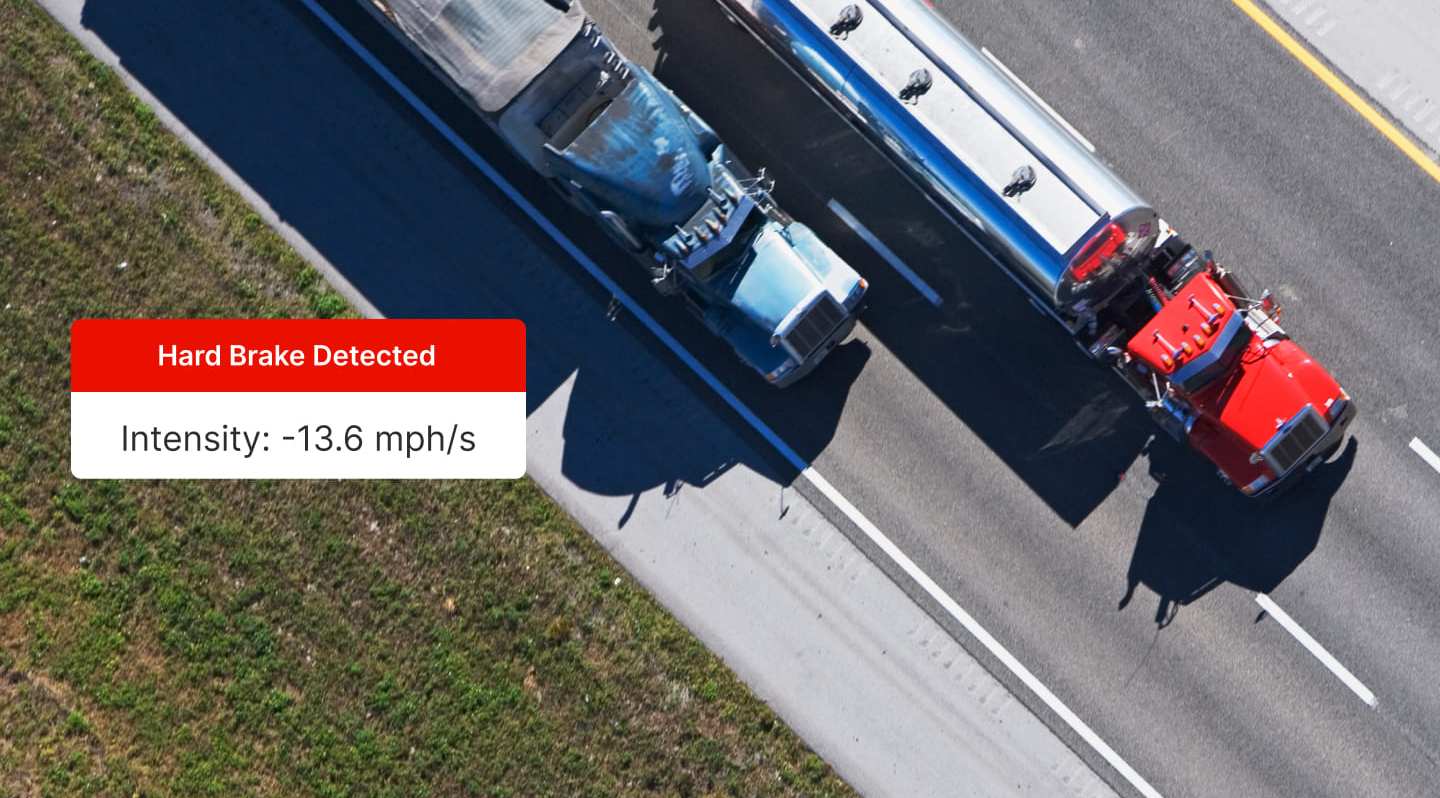We wrapped up another Safe Driver Week with the Commercial Vehicle Safety Alliance. Safety never sleeps, so CVSA continues its partnership with regulatory bodies nationwide in their relentless pursuit of road safety with events throughout the year. One of the biggest is the upcoming Brake Safety Week, scheduled for this week, August 25-31, 2024.
Brake Safety Week is more than just routine, it’s a focused initiative emphasizing brake systems in CMVs. This event is all about maintaining brake systems and components.
#BrakeSafetyMatters
Brake systems are critical for the safe operation of commercial vehicles. In 2023, during the CVSA International Roadcheck, brake system violations accounted for 25% of all out-of-service conditions. The FMCSA 2023 data revealed that six of the top 20 vehicle violations were related to brakes. During last year’s Brake Safety Week, 12.6% of the 18,875 CMVs inspected in the United States were placed out of service due to brake-related issues. In addition, 1,394 vehicles failed inspection due to the 20% defective brakes criteria. This criteria says a vehicle is out of service if 20% or more of its service brakes are defective.
Not all fleet vehicles are equipped with drum brakes. Disc brakes have become increasingly common on CMVs due to their performance compared to drum brakes. They perform better in adverse conditions and are less prone to fading during heavy braking. With all that said, carriers and drivers frequently find themselves out of service for having cracked discs and rotors. This is especially common among motor coaches.
Routine brake inspections and maintenance by properly qualified personnel are a must. Properly functioning brakes, and routine brake maintenance, are non-negotiable for safety on the road.
What to expect during Brake Safety Week
Inspectors will be out in force, focusing on brake lining, pad, disc, and drum violations. The air system is also important; applied brake tests, buzzer checks, and checking your tractor protection valves are a daily must. Inspectors will use the CVSA’s North American out-of-service criteria to review CMVs and remove any vehicles with brake-related violations from the road until the issues are resolved.
Remember, out-of-service criteria update annually, so if you’re unfamiliar, get a new book from CVSA or get online access.
Some jurisdictions will also use performance-based brake testers, which are machines that assess a vehicle’s braking performance. This layer of scrutiny ensures that only vehicles with optimal braking capabilities are on the highway.
Education and outreach
Education is a core focus of Brake Safety Week. Inspectors, motor carriers, and industry stakeholders engage in outreach activities to raise awareness about brake maintenance. Outreach includes:
- Sharing the inspector’s procedures to help drivers and mechanics understand what to expect.
- Providing tools and resources, such as checklists for inspecting drums, rotors, brake lining, and pads.
- Teaching drivers and mechanics about the various components of brake systems that inspectors will check.
Tips like these aim to engage drivers, motor carriers, and owner-operators in brake safety. Not only that, they provide mechanics with the knowledge they need to maintain brake systems proactively.
DVIR in ensuring vehicle safety
Pre- and post-trip inspections by frontline drivers are crucial to a proactive maintenance program. Even more important is a seamless notification and reporting process that notifies management and maintenance of discovered defects. Motive offers an electronic DVIR that enhances the pre-trip and post-trip inspection process for drivers. The electronic DVIR streamlines the process, making it easier for drivers to complete their inspections and report any defects they find.
The electronic DVIR allows drivers to annotate defects directly on their mobile devices. This real-time reporting ensures that any issues are immediately communicated to fleet management and maintenance personnel. As a result, defects are addressed promptly, ensuring that vehicles operate safely.
Management often doesn’t have daily eyes on their fleet, so they rely heavily on driver inspections and the seamless reporting of defects to ensure safe operation. The electronic DVIR creates a continuous flow of communication, ensuring that management is aware of any issues as soon as they are reported. This system not only helps in maintaining the safety of the fleet but also ensures compliance with regulations. The integration of electronic DVIRs promotes a culture of safety and accountability within fleets.
What do inspectors do with the data?
Inspectors collect and report data on brake inspections and violations to the CVSA. This data includes specifics on brake linings and pads, rotors and drums, and other equipment, in keeping with this year’s focus. The CVSA will report the findings later this year, providing valuable insight into the state of brake safety across North America.
Brake Safety Week is an initiative that enforces compliance. Just as importantly, it educates the industry about the importance of brake maintenance. I cannot stress the significance of this event enough. It’s an opportunity for the industry to step up, ensure that vehicles are safe, and ultimately protect the lives of everyone on the road.




